Mary Swanzy is the kind of artist who seems to have long been hiding in plain sight. Her paintings appear frequently at auction in Ireland and are reasonably well represented in its public collections. Yet ‘Mary Swanzy: Voyages’ at the Irish Museum of Modern Art is the first substantial exhibition of her remarkably eclectic body of work in Dublin, the city of her birth, for 50 years. The 1968 show, held when she was 86 (and she would go on to live for a further decade), marked the end of a 16-year hiatus during which there is no record of her publicly exhibiting her work at all. Earlier in her career, Swanzy’s work was regularly included in the annual exhibitions of the Royal Hibernian Academy and the Society of Dublin Painters. Her paintings were also exhibited in London (where she lived for most of her life), Paris, New York and even Honolulu. However, she enjoys nothing like the current reputation at home or abroad of several of her near contemporaries in Ireland, such as Jack Butler Yeats, William Orpen, Grace Henry, Paul Henry or Mainie Jellett.
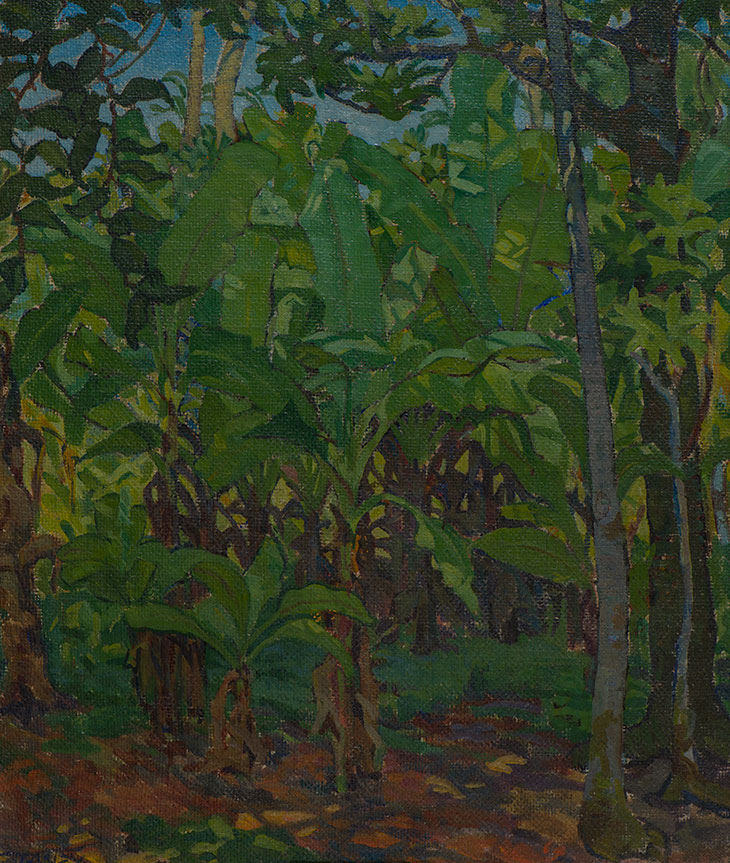
In Samoa (1924), Mary Swanzy. Council of Alexandra College
This retrospective explicitly states its aim as reinstating Swanzy as ‘a Modern Irish Master’ – capital letters and all. The curious neglect of her in some ways rather prominent work can in part be attributed to the prevailing misogyny of the workings of cultural history. The accompanying catalogue also suggests that in the case of Swanzy – an Anglo-Irish Protestant – her position within Irish culture was complicated by the assassination in 1920 of her second cousin Oswald Swanzy, an officer in the Royal Irish Constabulary, by the IRA. Such circumstances only tell part of the story though. The interest of this exhibition lies not just in the compelling nature of many of the paintings, but also their collective portrayal of a singular individual who repeatedly eschewed the demands of the market, not least in continually questing after stylistic change.
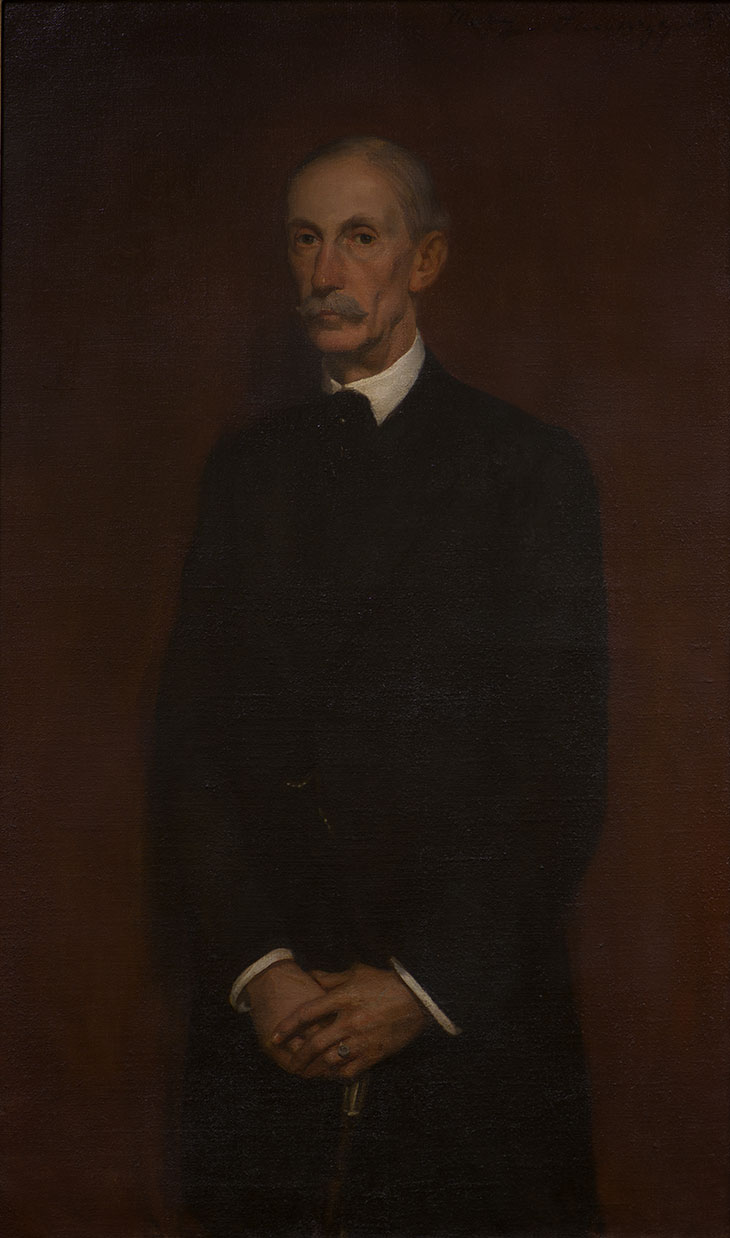
Portrait of H.R. Swanzy (1905), Mary Swanzy. Tallaght University Hospital Art Collection
Amid upper-middle class comfort and respectability, including a spell abroad at finishing school, in her teens Swanzy took up art as one of a young lady’s expected accomplishments. By her early twenties, though, she had become thoroughly enthralled, pushing what she still late in life referred to as her ‘hobby’ to a point of technical mastery. The earliest work included in the exhibition is a 1905 portrait of her father – a soon-to-be-knighted surgeon. Completed in the traditional manner of academic realism, it was described by the painter Nathaniel Hone as ‘the finest painting done in Dublin in the past 30 years’. Yet such formal accomplishment immediately gave way to a journey of discovery when that same year Swanzy went to study in Paris.
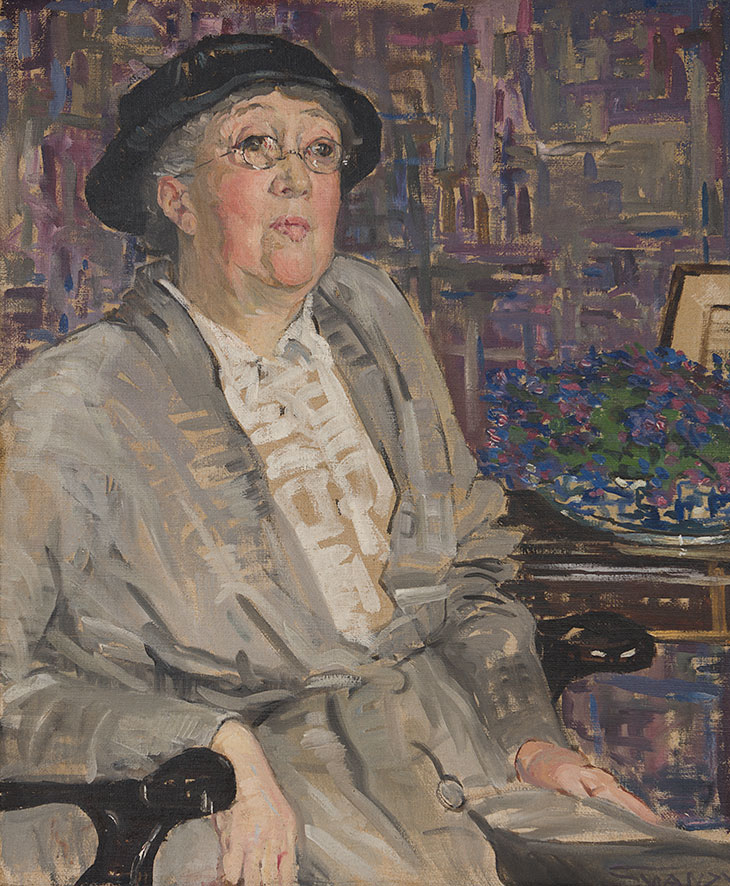
Portrait of Gertrude Jekyll (1910–11), Mary Swanzy. Private collection
The impact of what she saw and whom she met there, including at the house of Gertrude Stein, is clear to see in the rapid development of her portrait style. The faces are still painted in a naturalistic manner and some other features such as hands and flowers come into discernible focus. But in post-impressionist fashion, the rest of each picture is now mostly made up of grid-like patterns of stripes of monochromatic colour, with the unprimed canvas sometimes showing through. The sitters’ features are emphatically expressive. Her wonderful 1907 portrait of her sister, Muriel, offers a stern side-long stare; in a portrait from 1910–11, the horticulturalist Gertrude Jekyll’s head is spiritedly lifted and her lips pursed. Such displays of character operate in tension with the abstraction surrounding them, their vitality an assertion made amid mere forms. A similar conflict is in play in many of Swanzy’s landscapes, interiors and still lifes. In Tulips (c. 1918), the flowers’ fluid, organic lines coalesce in counterpoint to the more geometric visual language surrounding them.
Swanzy went on to travel widely, especially during the period after she left Dublin in 1920 – hence in part the word ‘Voyages’ in the exhibition’s title. She spent time first in Eastern Europe before in 1923 setting sail for Hawaii (where she had relatives) and Samoa. Her work also drew on and explored aspects of Cubism, Futurism, Surrealism and Expressionism. Her reluctance to date or title her pictures makes discerning the exact sequence of her various developments and experiments rather tricky. But in the best of the wide array of work on display that followed, the interplay between the formal and the vital appears to persist. Paintings of dense South Pacific foliage, such as In Samoa (1924), are on the verge of resolving into abstract pattern or line, their surface discernibly textured by the rough linen on which they are painted. Conversely, the distinctive circles and curves of her Cubist landscapes, such as The White Tower (c. 1926), serve to deepen rather than flatten a sense of depth and perspective.
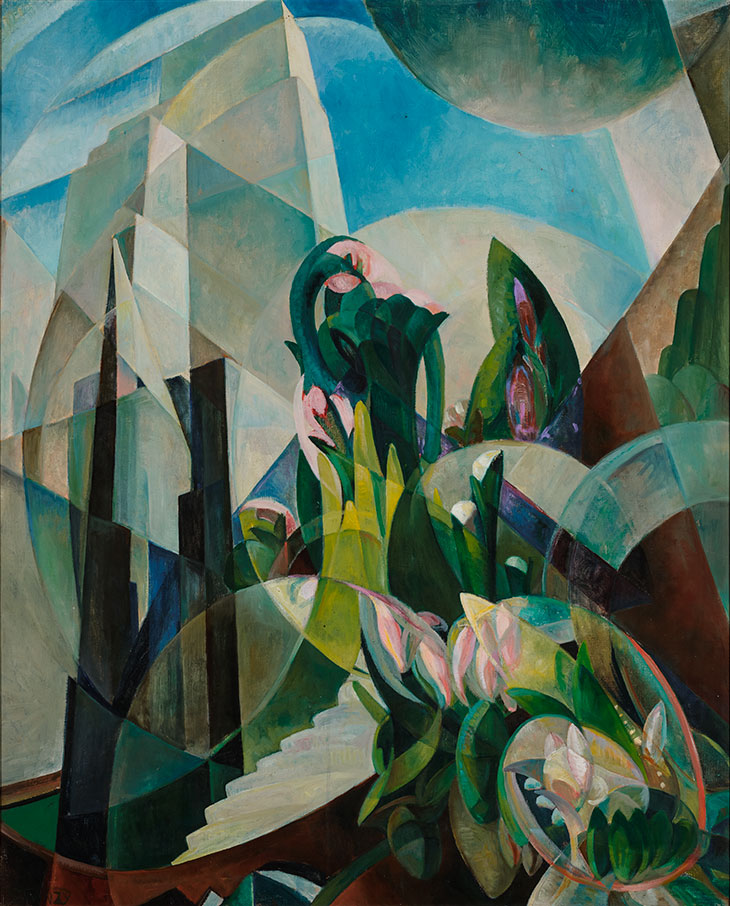
The White Tower (c. 1926), Mary Swanzy. Private collection
I struggled to warm to Swanzy’s later shift back to a more overtly figurative style. In Roundabout (1966), a melange of prancing semi-human and animal figures suggests, as in much of her late work, some kind of obscure allegory or symbolism is at work. Her earlier paintings’ clear yet restrained stylistic vocabulary, of form and palette, seems to have become dispersed. Nonetheless, this later work certainly attests to the many journeys Swanzy made into the possibilities of paint throughout her long, dedicated working life.
‘Mary Swanzy: Voyages’ is at IMMA – Irish Museum of Modern Art, Dublin, until 17 February 2019.
Unlimited access from just $16 every 3 months
Subscribe to get unlimited and exclusive access to the top art stories, interviews and exhibition reviews.

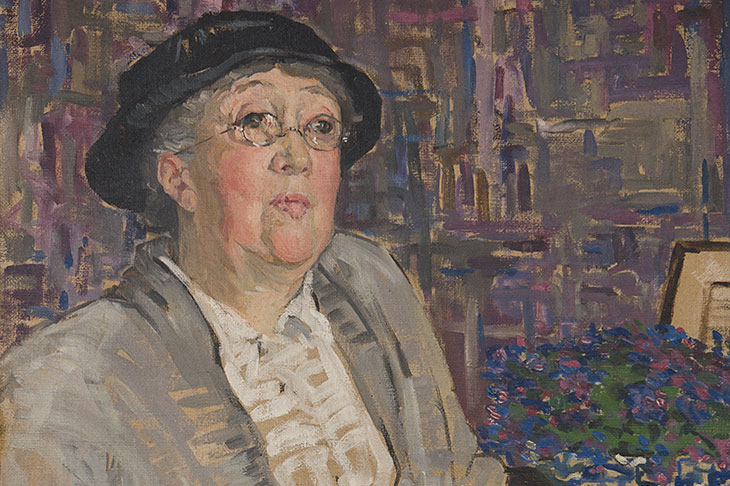
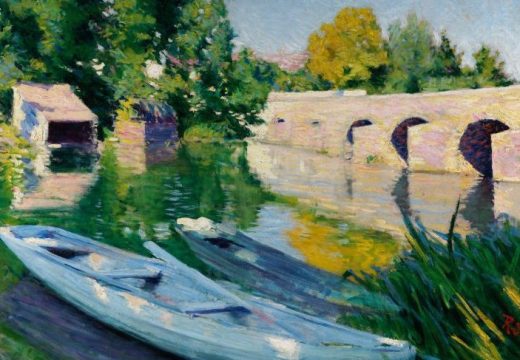
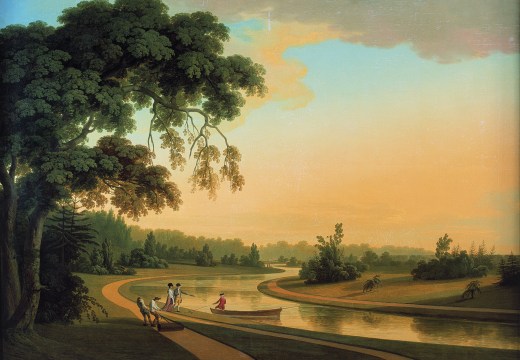
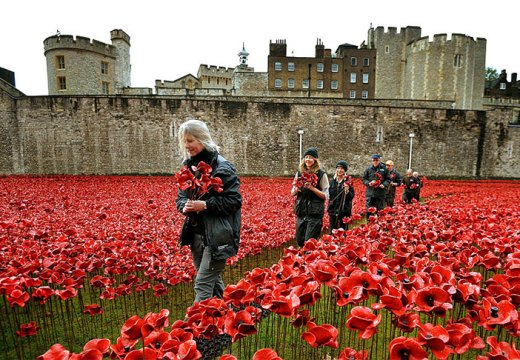









![Masterpiece [Re]discovery 2022. Photo: Ben Fisher Photography, courtesy of Masterpiece London](http://www.apollo-magazine.com/wp-content/uploads/2022/07/MPL2022_4263.jpg)
It’s time for the government of London to return to its rightful home